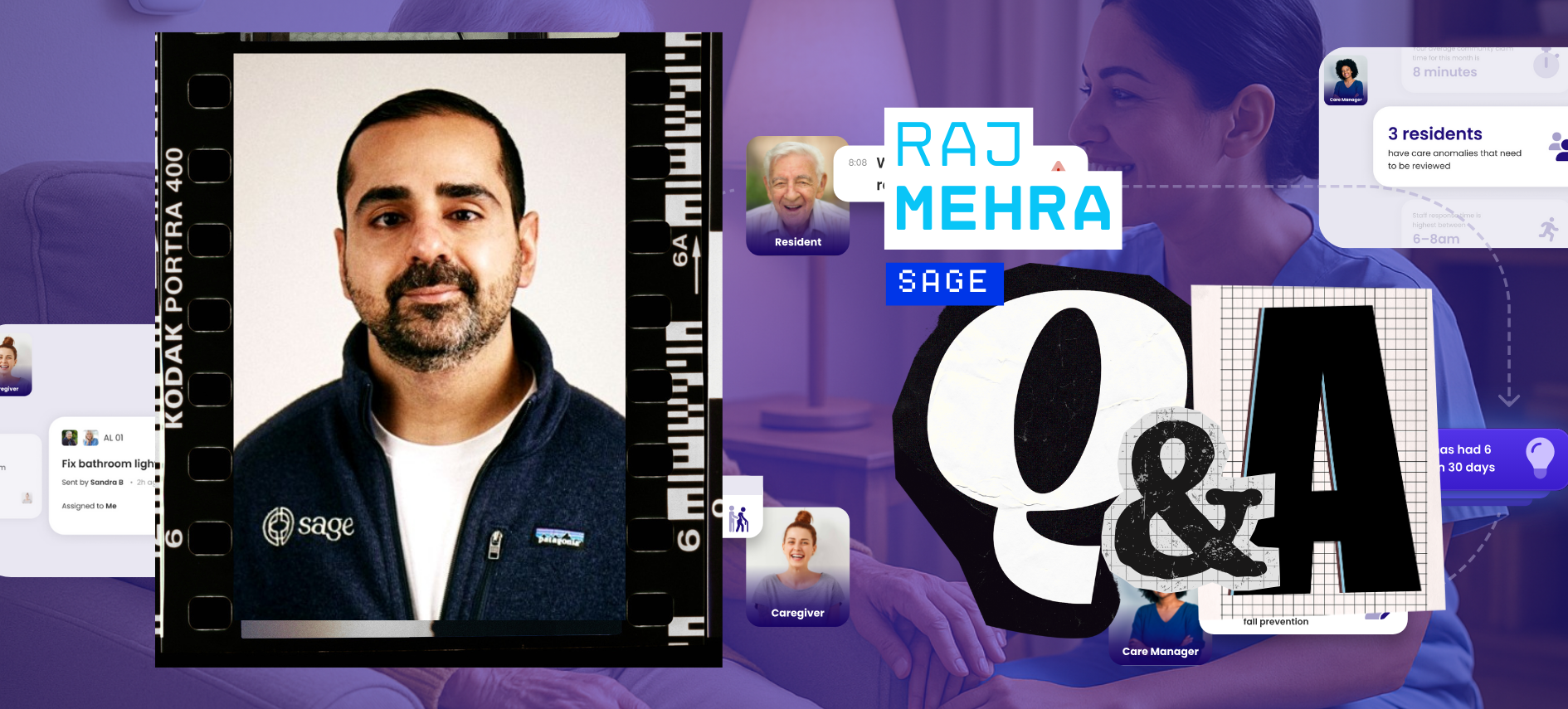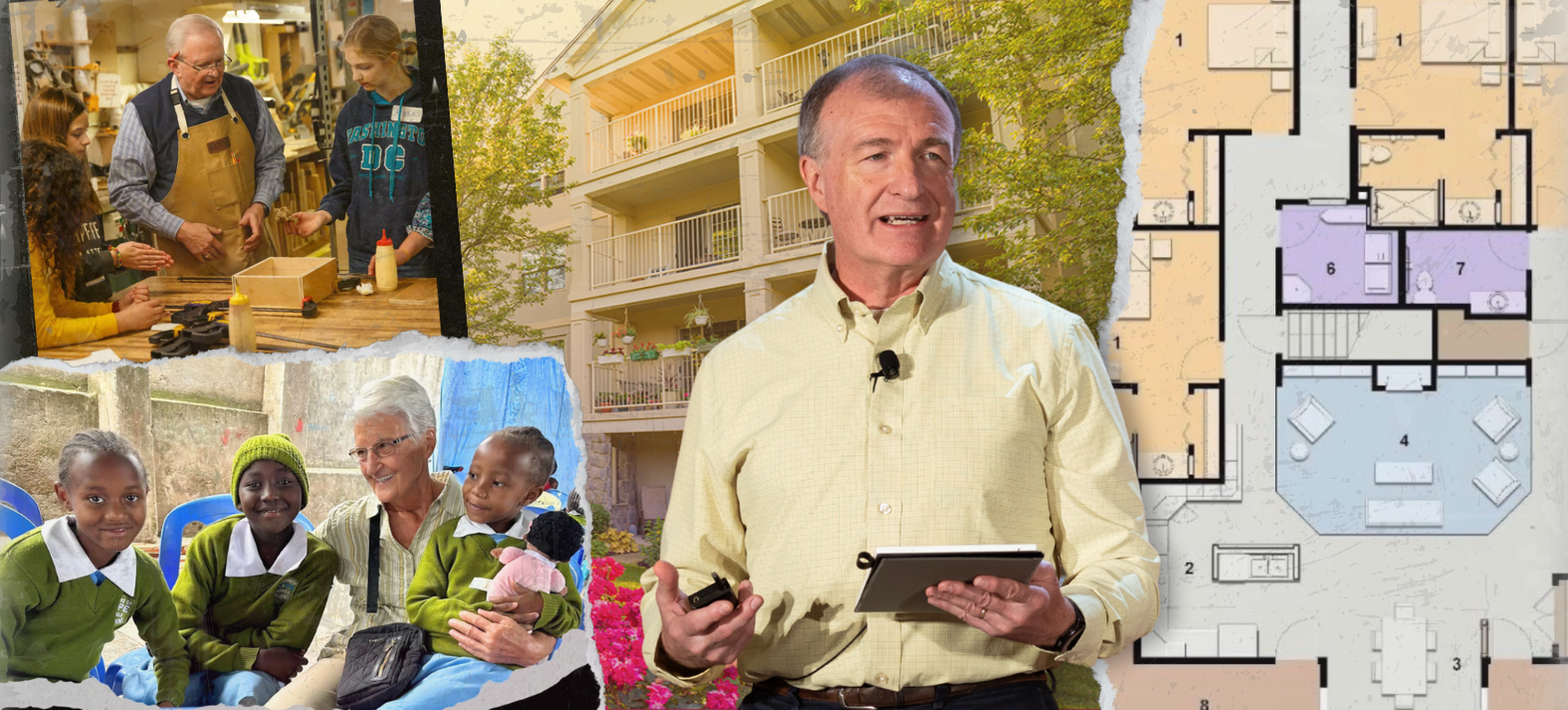Long before Stephanie Harris became CEO of Arrow Senior Living, she was a turnaround consultant focusing on the senior housing sector. Alongside a small but tenacious team, Harris crisscrossed the country, moving into the very communities she aimed to transform. Her approach went beyond merely stabilizing distressed assets; she had a knack for fostering growth and driving innovation in struggling communities.
As a consultant, Harris learned to appreciate the value of fresh, outside-the-box perspectives in a sector that can often feel stuck in its old ways. At Arrow, she’s made sure to bring these perspectives onboard from the beginning, building a leadership team with experience in a wide range of industries—retail, hospitality, and even journalism.
This cross-functional approach has fueled Arrow’s growth, and particularly its focus on building technology solutions in-house. In a presentation at the Senior Living Innovation Forum, Harris offered an illustrative tour of Arrow’s tech strategy and explained why she thinks providers need to trade in moonshots for Mars-shots.
“Processes Without a System”
When Harris transitioned Arrow Senior Living (formerly Turnaround Solutions) from a consultant model to an operating model, one of her first priorities was breaking down internal silos. “We had 30 different systems across our communities, and very few would talk to each other,” she recalled. “Every single vendor would pride themselves on how you can log into their system and see their data metrics—but you were really only looking at one silo of information.”
Drawing on her experiences consulting with The Decurion Company, a movie theater operator that expanded into senior living, Harris quickly identified the need to integrate all these systems. As she put it, the senior living industry is “plagued with processes without a system,” with operators and communities drowning under oceans of spreadsheets and papers and platforms without any efficient way of mapping them, let alone turning them into actionable insights. If Arrow had any hope of building out a tech strategy, it first had to turn those 30 systems—including platforms for budget management, infection control, sales, electronic health records, payroll, and risk tracking—into one.
Her team got to work mapping out Arrow’s data and then creating workflows in Excel before switching over to Power BI for a more robust handle on things. With the company staffing up rapidly as it expanded, data guru Matt Meyers developed an automated scheduling system that combined residents’ care plans, Arrow’s budget model and staffing resources, and communities’ acuity needs into a single universal platform—initially powered by Google Sheets, then by Snowflake. These efforts culminated in developing an in-house app and establishing Arrow’s “Vision Team,” a cross-functional group of marketing, clinical, and HR leaders dedicated to envisioning the company’s future and bringing it to life.
“We're starting to understand from a 360-degree angle what is happening within our company—not just from a purely medical standpoint, but looking across every single structure of systems that we have within the organization,” Harris said. “The biggest benefit that's most surprising to me is that we're creating more actionable tools.”
Saving Time and Money
Leveraging its integrated tech platform, Arrow builds scorecards for each of its communities, assessing their performance across an array of metrics. (“That’s been one of the best things to watch: executive directors fighting each other for who’s number one,” Harris said.) It can also track acuity changes at each community, forecasting care needs and turnover— allowing the company to dedicate marketing and sales resources more effectively.
Meanwhile, the Arrow App sends regular “report cards” to residents or their families, proactively communicating insights into their care; it also allows residents to communicate with each other and community staff, filing maintenance requests and even ordering their meals to-go.
At the same time, Arrow’s internal platform sends nursing staff updates about residents’ care and other matters, drastically reducing the time they spend on administrative work. “It saves us 15 hours a month in administrative nursing oversight,” Harris said. “It took what would've been a 45-day reimbursement cycle for changes in care down to a couple of days. That particular investment paid for itself.”
A recent addition to Arrow's technological arsenal is Archer, an in-house scheduling tool developed during a company retreat hackathon. Archer makes it easy for Arrow’s employees to pick up shifts across the organization, significantly easing ongoing labor challenges. However, Harris sees even broader potential: "Archer's far more than a staffing solution. It's potentially going to be an enterprise-level solution that allows us to take any extra workflows down to a tool that anyone can access."
A Cosmic View
Reflecting on Arrow’s tech strategy, Harris said she takes inspiration from Elon Musk. “He sees pain points, and he sees opportunities, and he doesn't just look at the opportunity in terms of a very singular focus,” she said. “He’s thinking about transforming an entire industry.”
Her challenge is for the entire senior living industry to take the same approach: to think beyond getting back to where it was before the pandemic, instead aiming higher and farther than ever before. It’s not about a local or a global view of the future; it’s about a cosmic one.
“This isn't about doing well in our markets,” Harris concluded. “It's about changing the direction our industry moves, and moving it forward in a way that's more affordable and accessible to the bounty of demographics available to us. So join me in finding your Mars mission. We’re going to see a very different tomorrow than yesterday, and I'm really excited to see what that looks like.”

Posted by
SLIF heads to Carlsbad!
The One of a Kind Retreat for Senior Housing Leaders.
May 31 - June 2, 2026 | Carlsbad, CA
Learn More









Comments